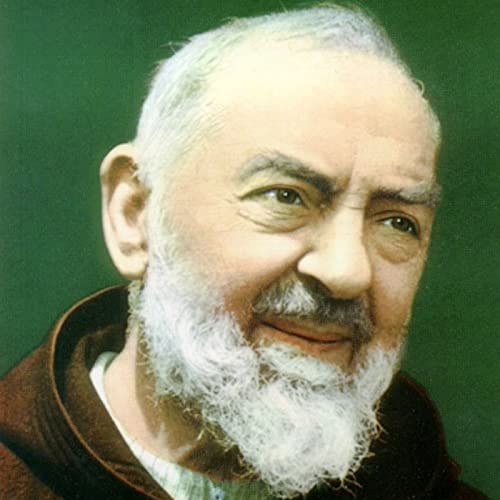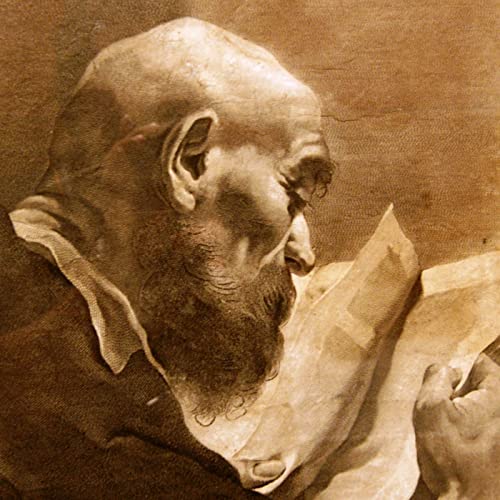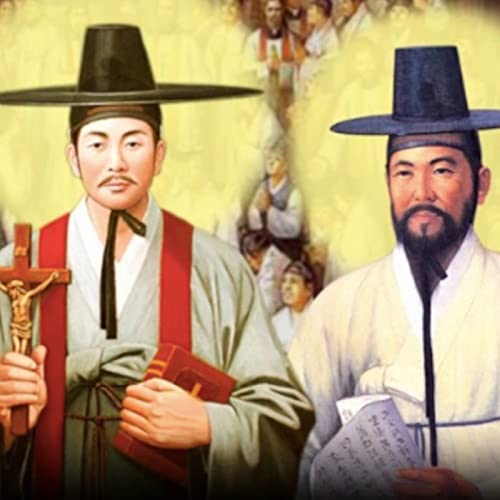September 17: Saint Hildegard of Bingen, Virgin and Doctor
1098-1179
Optional Memorial; Liturgical Color: White
Patroness of philologists
A one-woman magisterium orchestrates a life in tune with the Creator
In the high Middle-Ages, she was New-Age. Before farm-to-table was a term, she lived organically. Before alternative medicine was de rigueur, she catalogued the medicinal benefits of herbs, plants, minerals, and potions. And before anyone ever “went green” to save planet earth, she talked about the “viriditas,” or greenness, of God, meaning how His graces watered a desiccated soul until it flowered with fresh, green, life. Hildegard of Bingen was far, far, ahead of her time even though, from an external perspective, she lived the austere, rigorous, cloistered life common to the female religious of her era.
Hildegard was born in the Rhineland, the very western region of modern Germany, to a minor noble family. Her mother and father placed her in the care of a well-known local abbess for her education at the tender age of eight, where she learned Latin and the teachings of the Catholic religion. Her world deepened and broadened inside the four walls of her simple Benedictine convent. When her mentor died, Hildegard became the abbess and soon moved the convent, generating some tension in the process, to a new location where it could better flourish as her fame attracted more and more notice and vocations.
Hildegard was unusual for her time. She was unusual, in fact, for any time. She was a polymath with eclectic interests in numerous fields of study. She was a sophisticated and prolific composer of sacred music whose voluminous works surpass the output of almost any other Mediaeval musician. She had an advanced understanding of medicine and the human body, including an almost complete knowledge of how blood circulated in the body - four centuries before such knowledge was verified through post-mortem studies. Hildegard also had detailed knowledge of animal and plant life, of rocks, reptiles, fish, and the natural sciences in general.
Yet if she must be known for one thing above all, it must be for her pyrotechnic visions of God and the cosmos. Hildegard’s colorful visions are difficult to classify. She described them as a wide-awake spiritual awareness of the “reflection of the living light.” From childhood, she felt her entire body – bones, nerves, veins, senses – all rising ever higher into the vault of heaven where she experienced all of creation in its particularity and in its oneness. These were not ecstasies or physical transportations, but an eyes-wide-open, all-sensory experience of sermons, virtues, writings, and other human actions as if they were shimmering like the sun on the mirror-like surface of a lake. The over-arching theme of these visions was the mystical marriage between God and His creation through the incarnation of Jesus Christ, a union consummated on the cross, where Christ makes his Bride, the Church, fertile for humanity.
As Hildegard’s writings became more well-known, the Pope was asked for his appreciation of their theological orthodoxy or heterodoxy. Pope Eugene III approved of Hildegarde’s description of her visions, with a prudent warning for Hildegard to avoid any pride in being so blessed. The great St. Bernard of Clairvaux, a famous contemporary of Hildegard, was also asked his opinions about her writings and the two exchanged letters. In fact, many people, both humble and exalted, corresponded with Hildegard, leaving behind one of the most massive caches of extant letters from mediaeval times.
In the last years of her life, despite worsening health, Hildegarde’s prestige was such that she was given permission to leave her convent in order to preach in town squares and Churches, something almost unheard of for a woman of her era. She died in the odor of sanctity on September 17, 1179, the day on which her liturgical memorial is celebrated today. In the 2012 Papal Bull declaring her a Doctor of the Church, Pope Benedict XVI wrote that “the corpus of her writings, for their quantity, quality and variety of interests, is unmatched by any other female author of the Middle Ages.”
Saint Hildegarde, your creative and versatile soul brought a feminine genius to the Church’s theological and spiritual patrimony, using poetic and symbolic language to express the mysterious richness of God and his creation. Inspire all Christians to read creation like a book of divine life.
Show More
Show Less
 Sep 24 20246 mins
Sep 24 20246 mins 6 mins
6 mins 5 mins
5 mins Sep 19 20247 mins
Sep 19 20247 mins Sep 19 20245 mins
Sep 19 20245 mins 6 mins
6 mins 6 mins
6 mins Sep 16 20246 mins
Sep 16 20246 mins